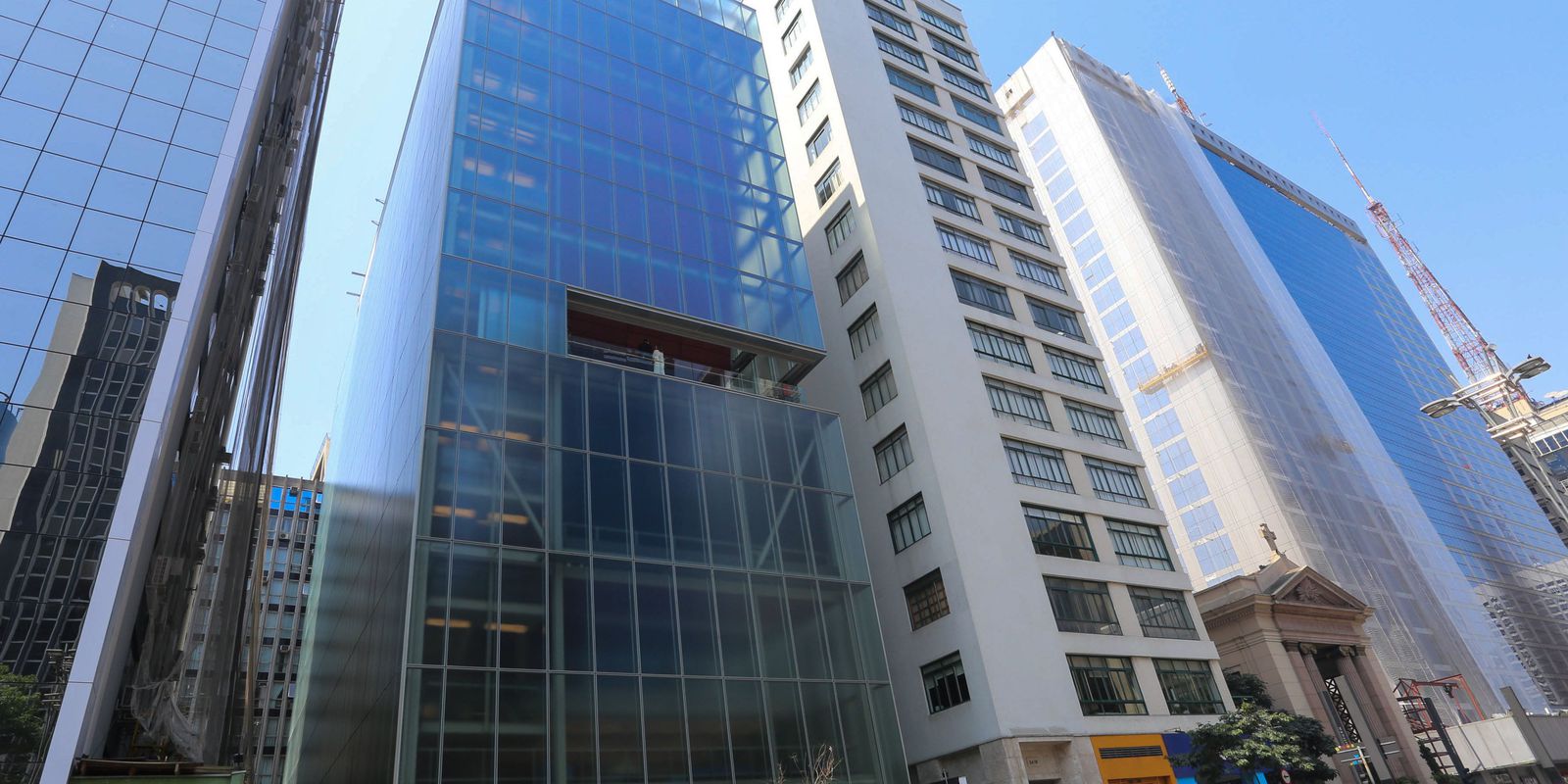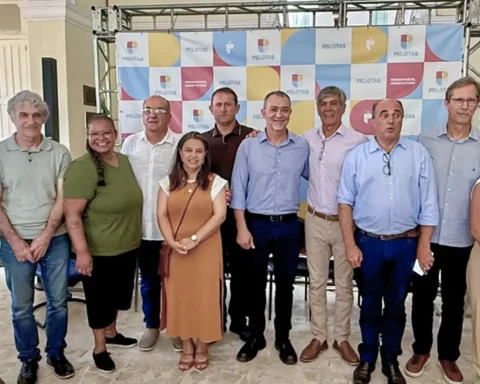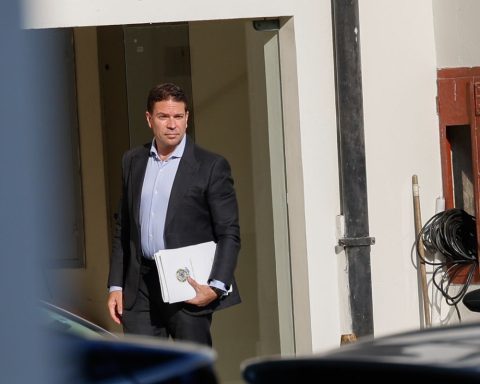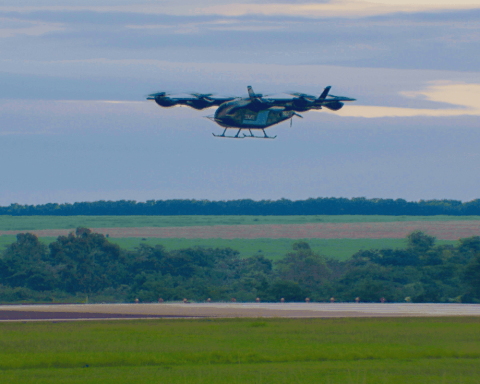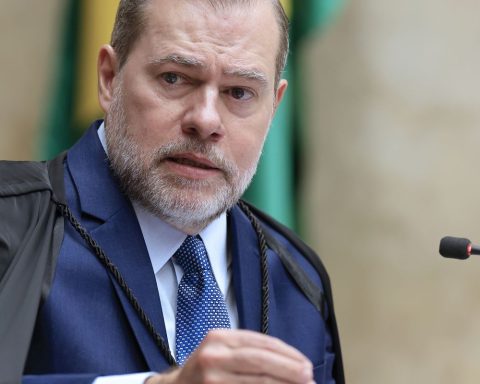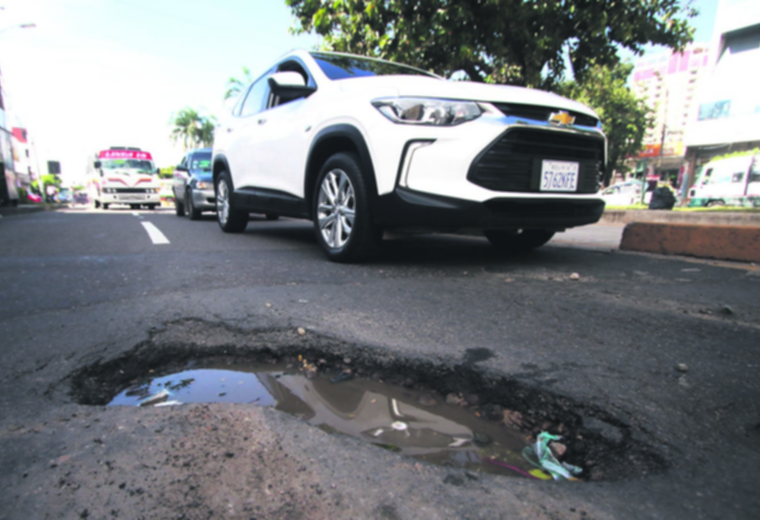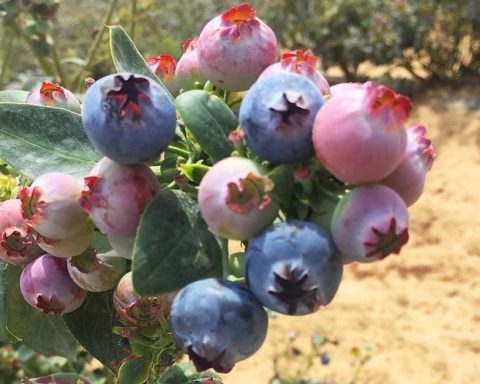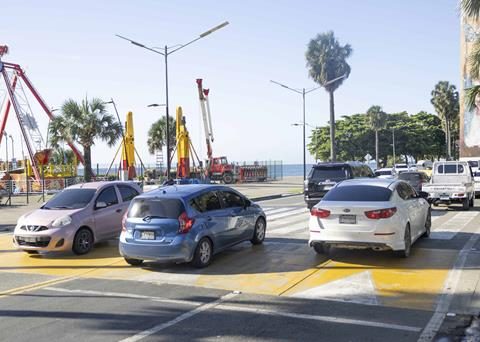In 1973, photojournalist Evandro Teixeira (1935) was sent by Jornal do Brasil (JB) to cover the military coup in Chile. Accompanied by reporter Paulo César de Araújo, Teixeira left for Chile on September 12, the day after the coup that ended with the death of then-President Salvador Allende. With the borders closed by the Chilean military junta, he only managed to enter Santiago on September 21, when the press was allowed to record the event, but under strong military surveillance.
With the analog camera tucked inside his jacket and always ready for the click, Teixeira managed to get rid of the Chilean censorship and make the most important records of that period for the Brazilian press. And these are the photos, produced in black and white for JB, that will be on display starting this Tuesday (21st) at Instituto Moreira Salles, in São Paulo. The show Evandro Teixeira, Chile, 1973 is free and will run until July 30. The curatorship is by Sergio Burgi, photography coordinator at IMS.
“The exhibition looks primarily at the material that Evandro produced in Santiago days after the 1973 military coup. And this presentation is built in dialogue with what he had produced before in Brazil, also during the military dictatorship period – iconic images such as the taking of Fort Copacabana on April 1, 1964, the first day of the coup,” said Burgi, in an interview with Brazil Agency.
By the way, this photo produced by Teixeira about the capture of the Copacabana Fort, in which the soldiers are shown under heavy shade and torrential rain in Rio de Janeiro, with only a light shining in the background, is one of his favorite shots. After visiting the exhibition in his honor, in São Paulo, Teixeira told how the image was made. “At 5:00, Leno [capitão Leno, que era seu vizinho no Rio de Janeiro] knocked on my door saying that the military coup was happening. ‘Are you coming with me or not?’ he said. At that point, I tucked the camera inside my jacket, filled the pockets with film, and only took a 35mm lens. And I left for there”, said the photojournalist. And that’s how he made the first act of the 1964 coup.
In all, the exhibition features 160 photographs, as well as books, videos, facsimiles, press badges and even the machine that Teixeira needed to take to Chile to transmit his analogue photos to Brazil. Of the 160 photos on display, 130 show images taken by him in that country. The others are photos that portray the Brazilian dictatorship. Among them is one of the most famous of the period in which hundreds of people gathered in Cinelândia, in the center of Rio, holding a banner that reads: Down with the Dictatorship, People in Power, made during the March of 100,000. The photo, which had been chosen to print the cover of the Jornal do Brasil, ended up being censored by the military and could not make the front page of the newspaper. But it became one of the best-known images about the Brazilian military dictatorship.
“He made a series of images of the 1968 demonstrations, which began with the murder of student Edson Luis (Edson Luís de Lima Souto, killed by Brazilian soldiers], passed through the repressed seventh day mass in Candelária, which later culminated in the call ‘ bloody friday’ [evento em que os militares reprimiram uma passeata de estudantes, provocando a morte de pelo menos 28 pessoas]. And, finally, he also portrayed the March of 100 thousand”, explained Burgi.
exhibition rooms
The exhibition features three large sets of images taken by Teixeira on this trip to Chile. In the first space, there are photos he took of the Brazilian dictatorship and also images in which he portrayed what happened at the National Stadium in Chile, “turned into a detention camp, torture and murder”, according to the curator.
In this session of the exhibition room, the curator set aside the images taken in the stadium and staged by the military, showing a few political prisoners in the stands and a colonel giving an interview. He said they all received good care in prisons. On the other side, there were photos that Evandro took when he managed to get rid of the military and enter the basement of the stadium, showing the students being arrested.
“The military junta [chilena], by releasing the international press, tried to reconstruct an upside-down narrative of what was actually happening at the National Stadium. He [Teixeira] and dozens of photojournalists were taken to the stadium, which was previously prepared with only 10% of the prisoners chosen to stay there in the stands. While the colonel was giving an interview saying that the prisoners had the right to sunbathing and medical care, Evandro, who already knew the place for having covered the World Cup, went down to the basement and showed images of students arriving, prisoners”, said the curator.
Evandro Teixeira remembers that moment well. When visiting the exhibition on Monday (21), he told the Brazil Agency what it was like to experience this part of history. “It was a moment of tension at the National Stadium, for example. As I knew the stadium, having already been to the 1962 World Cup, I knew where I was weighing. I knew there was a basement there. And then when I was accompanying the visit [oficial] to the stadium when it was over [essa apresentação], I took a break and quickly made half a dozen frames of students trapped against the wall. And they all died. Everyone in the frame died,” she said.
The second space in the exhibition room features photos taken by him on the streets of Santiago. It is in this space that the telephoto machine is also located, which worked as a fax machine and was used to send photos from Chile to Jornal do Brasil. “Here is a series of images of the bombed Palace of La Moneda, the city occupied by the Army and the peripheral cemetery with open graves”, described the curator.
The third space presents the images that Teixeira made about the death and burial of the Chilean poet Pablo Neruda. The photographer had met Neruda and his wife Matilde while still in Brazil, when they were in Salvador to visit the writer Jorge Amado.
As soon as he arrived in Chile to portray the dictatorship, Teixeira learned that Neruda was hospitalized in a clinic. And he went to the place. There he found Neruda already dead and ended up making the only and last records of the poet. “He went with a hidden camera, managed to go through a side entrance and reached an area where Neruda’s body had been brought in for preparation. [do enterro]. There is an important photo he takes, the first of which is Neruda’s widow. [ao lado do corpo]. He took the photo and introduced himself to her, remembering their visit to Jorge Amado. And then she asked him to stay there and accompany her. The photojournalist did 36 hours of documentation between the clinic, their house, the wake and the burial. This ended up becoming the first political demonstration against the regime of [Augusto] Pinochet,” said the curator.
Photos about Neruda’s death and burial are presented accompanied by excerpts from his poetry. “There’s a photo of Dona Matilde in a cubicle, next to the door through which I entered. When he opened the door of Clínica Santa Maria, I was walking around looking for a way to enter. I saw an open door and went in. When I entered that cubicle, I saw Neruda’s body on a stretcher and Matilde sitting next to it. And then I ‘man’, clicked. First I photographed and then I went to say that I was the photographer [que fez imagens] by Jorge Amado. ‘Remember?’ I told her. Then she looked at me and said: ‘My son, your presence here is very important’”, recalled Teixeira.
So, he was authorized by the widow to photograph the wake and funeral of the poet, which was accompanied by a crowd. “It was really exciting. I cried there. I went up to the tomb to photograph from above and saw the people chanting: ‘Neruda is alive’. And then I cried. With the tears shed, I held back. It was a beautiful moment, ”he said.
the dictatorships
In the interview with Brazil Agency, the photojournalist who experienced the violent periods of military dictatorship in Brazil and Chile said that there are no differences between them. And he stressed that knowing about this period in the history of both countries is important so that society never allows the return of dictatorships. “What happened in Brasilia [a invasão dos três Poderes, no início de janeiro deste ano] it was a shame. That got me a deal. That was a sad thing,” she lamented.
Teixeira will participate in a chat with the public this Tuesday, starting at 6 pm. During the conversation, which will also include the presence of the exhibition’s curator, dictatorships and the importance of democratic regimes will be discussed. “It’s a very important exhibition because it fundamentally addresses the issue of the rule of law and the meaning of violence, every time you break it,” said Burgi.
“This type of exhibition is important to teach new generations what dictatorship is. Unlike Brazil, Argentina and Chile had a trial process [dos responsáveis pelas torturas e mortes do período] that allowed new generations to learn about history. As in Brazil there were no such judgments, this type of initiative, the exhibition is fundamental”, said Carina, the photographer’s daughter.
The chat should also include the importance of the photojournalist’s role in historical records. “My personal adventure is identified with the adventure lived by the world. I take no credit for that, I’m a man wielding a camera. When well operated, it is a match lit in the dark. It illuminates facts that are not always very understandable. It offers glimpses, reveals the pain of the world’s impasse. And it awakens in men the desire to destroy this impasse”, said the photographer in a text about the exhibition.
The show at Instituto Moreira Salles has free admission. More information can be obtained from the site of the exhibition. “I hope that many people come to see it because, modesty aside, I still didn’t have the dimension of the quality and quantity of what I had done”, said the photographer to the report.
